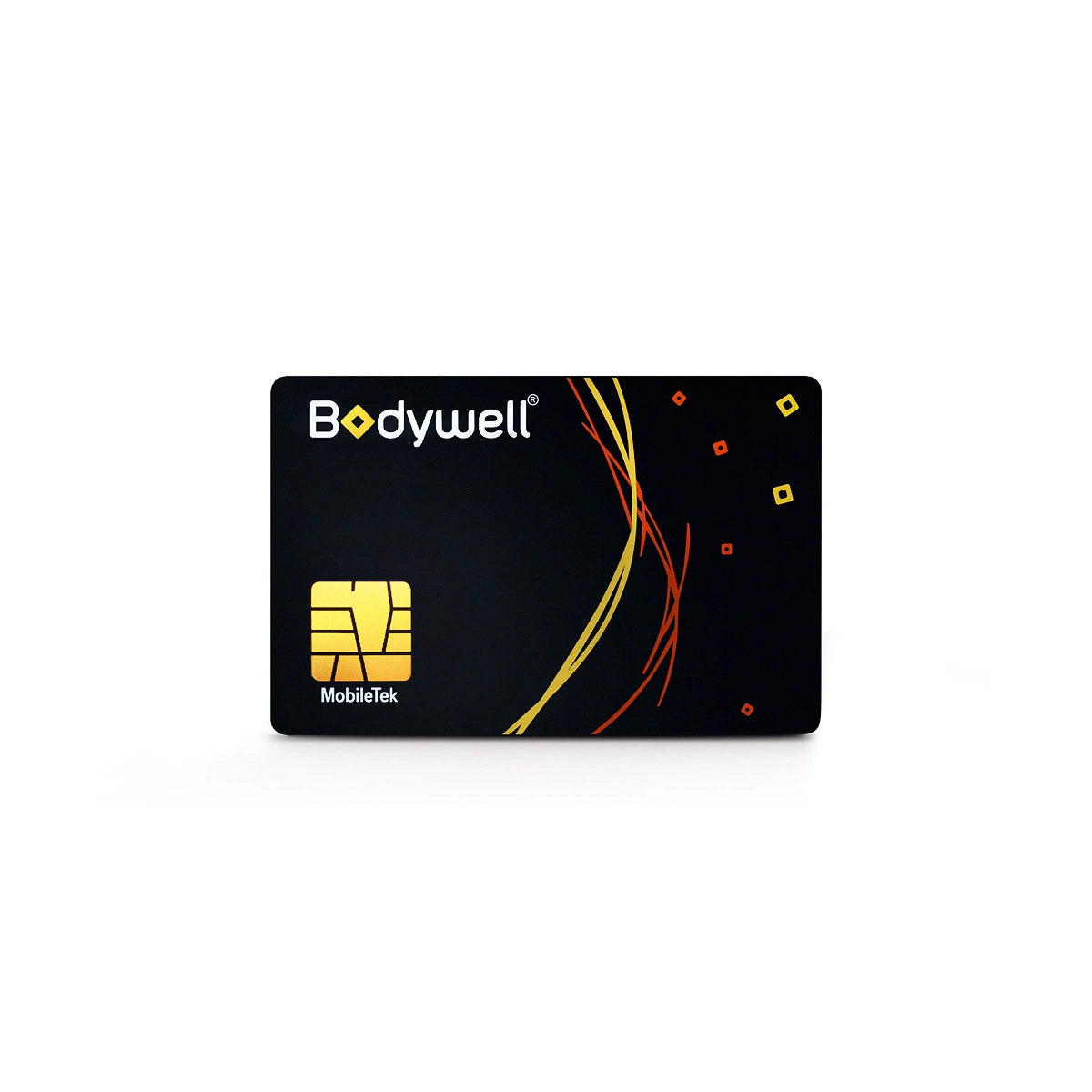The Apple Watch is a groundbreaking gadget that has quickly become a must-have for many, thanks to its wide array of features like fitness tracking, notifications, and health monitoring. However, many users have reported experiencing wrist pain while wearing the device. Understanding the reasons behind this discomfort and how to mitigate it is crucial for ensuring both comfort and health.
Prevalence of Wrist Pain Reports
The concern over wrist pain is not isolated. A quick Google search for “Apple Watch wrist pain” gets over 10 million results, reflecting the widespread nature of this issue. Additionally, Apple’s discussion boards are filled with commentary on this topic, with some threads featuring over 300 comments from users experiencing similar issues. This indicates that wrist discomfort related to Apple Watch usage is a common problem that deserves attention.
Apple Watch Radiation
Another area of concern is the electromagnetic radiation emitted by the Apple Watch. The device uses Bluetooth, Wi-Fi, and cellular signals, all of which emit low levels of non-ionizing radiation.
Journalist Nick Bilton of the New York Times produced a piece about the possible health dangers associated with wearable technology in 2015. The essay illustrates how little is known about the dangers of electromagnetic fields. Furthermore, he asserts that wearable technology, such as the Apple Watch, has not been well studied, therefore there is no proof that it is entirely safe to use.
Indeed, a substantial and expanding body of research connects electromagnetic fields (EMF) to a host of health problems, including cancer, DNA damage, infertility, and more. And it makes sense that we should use caution when using fitness trackers as they continuously release electromagnetic fields.
How will Wearable Devices Post Health Risks?
The concern here lies in the fact that wearables are now being worn on the body, which means there is a very real possibility of extended exposure that amplifies long-term health risks. The cumulative exposure from all your wireless devices adds up over time.
Several reliable institutes have published literature aimed at educating consumers about the risks associated with using wireless wearables.
In one instance, scientists working under the National Institutes of Health's National Toxicology Program (NTP), a federal interagency organization, used mice in their experiments to demonstrate how subjects exposed to electromagnetic radiation might be more vulnerable to cancer.
According to different research conducted by the World Health Organization (WHO), cell phones are "possibly carcinogenic." The study also suggests that radiation exposure increases with closer proximity to the devices. Wearables are particularly concerning in light of this finding since wearables are meant to be worn near the body.
A study led by Dr. Lennart Hardell, a professor of oncology and cancer epidemiology at a University Hospital in Sweden, found that prolonged use of mobile phones or wireless devices can increase the risk of brain cancer by up to three times. The risks associated with smartphones and wearable devices have also been covered in the media.
The media has also focused on the concerns associated with the growing use of cell phones and wearable technology, particularly about potential effects on children.
Doctors advise children to restrict the amount of time they spend talking on their cell phones. Furthermore, if they wear a wearable, they ought to remove it at night to prevent it from getting under their pillow and next to their brain. Additionally, doctors advise pregnant women to use all of these technologies with particular caution, according to the New York Times.
What Can You Do to Prevent It?
 If you experience wrist pain while wearing your Apple Watch, there are several strategies you can adopt to alleviate it:
If you experience wrist pain while wearing your Apple Watch, there are several strategies you can adopt to alleviate it:- Adjust the Fit: Ensure the watch band is neither tight nor loose. The watch should sit comfortably on your wrist without causing pressure or excessive movement.
- Alternate Wrist Placement: Consider wearing the watch on your other wrist to give the affected wrist a break, which can help distribute the pressure and reduce strain.
- Consider EMF Radiation protection products that reduce EMF radiation from tech devices. One such product is the BioBand, designed to maximize your Apple Watch's features while minimizing EMF exposure by up to 80% with a breakthrough protection clip. Here’s why the BioBand is a smart choice:
- Swiss-engineered MobileTek Technology: Built using advanced technology, tested and verified by an FCC-certified U.S. lab to effectively reduce EMF exposure.
- Compatibility: Fits most current Apple Watch models and bands, provided the band is smaller than BioBand's inner dimensions of 21mm x 3mm.
- Slide-on Design: Effortlessly blend with your Apple Watch band, ensuring that style and protection go hand in hand.
Conclusion
While the Apple Watch offers many benefits, it is essential to be aware of potential discomfort and take steps to mitigate it. By adjusting the fit, taking breaks, and being mindful of use, you can enjoy the features of your Apple Watch without compromising your wrist health. As always, staying informed and following the latest research will help you make the best decisions for your well-being.


















Leave a comment
This site is protected by hCaptcha and the hCaptcha Privacy Policy and Terms of Service apply.